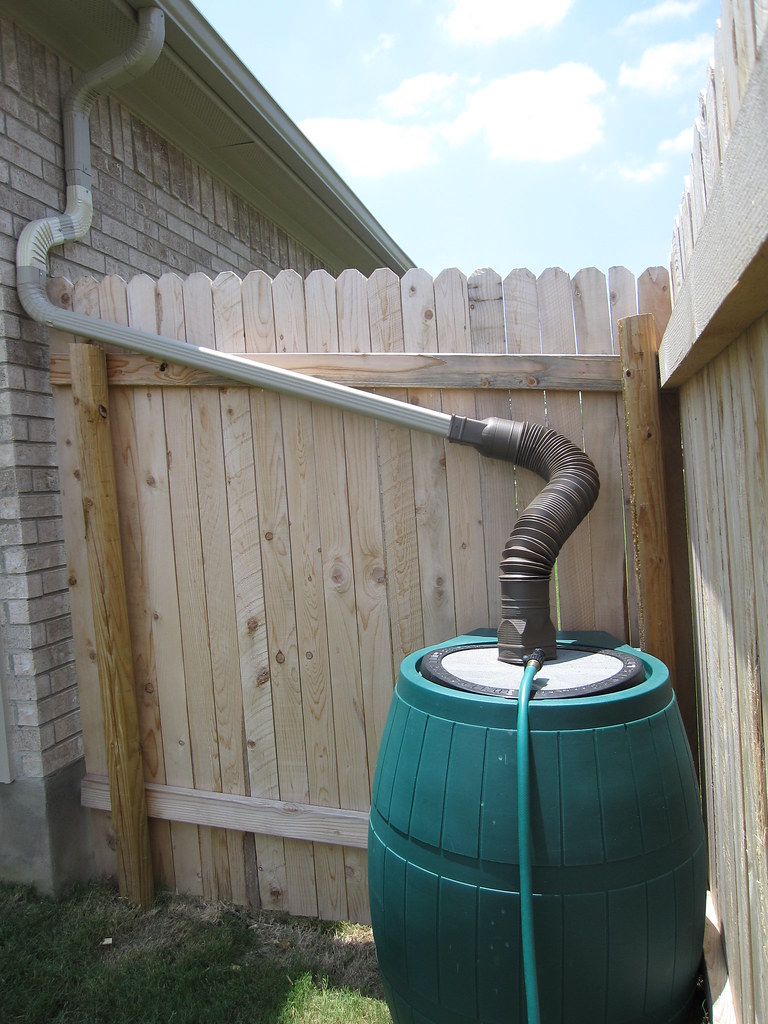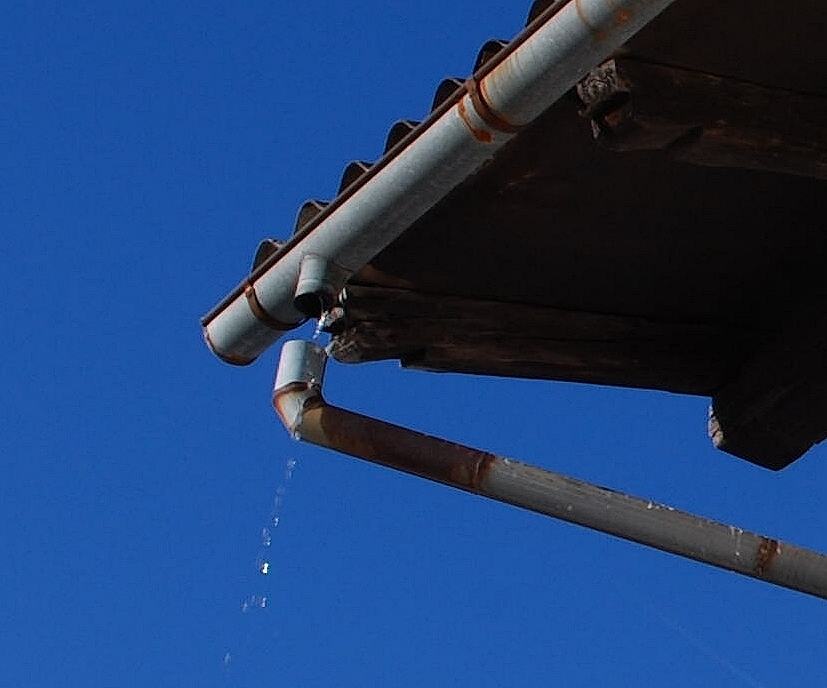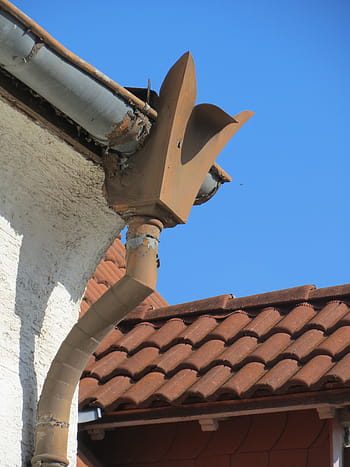
Summary
Gutter: savings with water recuperation
Gutter: 3 modes of rainwater harvesting
Gutter: filtration for each use
Gutter: before opting for water recovery
Efficacy of a gutter: several criteria
Regardless of the type of gutters (hanging gutter, creeping gutter or gutter channel) that your home is equipped with, they can allow you to collect rainwater to water the garden or clean your car.
Most of the time discreet and unnoticed, gutters have an indispensable function: to protect the walls of the house by collecting rainwater and keeping it away from the building’s foundations.
Without gutters, the house is in danger in the following ways:
– Water splashes and runs off the walls and frames;
– Moisture settles in and can even cause serious damage to the frame;
– the floor is hollowed out at the base of the walls;
– mosses develop…
Today, gutters have become decorative: materials and shapes have diversified. They try to harmonize with the style of the house until they match the color of the plaster.
Finally, they can contribute to water savings when connected to a rainwater recovery system.
Gutter: savings with water recuperation

Some gutters, by being connected to a water recovery system, contribute to:
– rainwater being stored in the tank throughout the year;
– significant savings in drinking water;
– a resolutely ecological approach.
In a context where industrial water treatment has a high cost, water recovery is a good way to save our water resources.
Gutter: 3 modes of rainwater harvesting
There are three types of water recovery systems:
Gutter: rainwater harvesting systems
| Water use | Filtration | Collection system | More info |
|---|---|---|---|
| 1. Sprinkling water | Simple filtration: stop-sheet or toad, is sufficient for this purpose, the water simply needs to be cleared of plant debris. | Rainwater recuperator, fitting on the downspout and equipped with a trap door which acts as a weir in horizontal position. Large above-ground plastic tank, directly at the outlet of your downspouts. Distribution by tap. | Easy to install. Inexpensive equipment. |
| 2. Water for sanitary facilities (toilet, shower, water for washing machine). | Quality filtration. Water quality monitoring is required. | The installation of a storage tank is necessary: outdoors (above ground or underground) or indoors, distribution by pumping through a network independent of the city network, with a system to switch to the city network to take over. | More expensive. Installation by a professional. |
| 3. Drinking water | Very high quality filtration. Monitoring of the chemical quality of the water is mandatory. | Concrete storage tank (it rebalances the acid pH of the water). | The installation is done by a professional. Expensive solution, study well its feasibility and profitability beforehand. |
Gutter: filtration for each use

The collected rainwater is polluted by:
– organic matter, plants, dead insects;
– particles: sand, mud, metals, nitrates;
– bacteria, microbes, viruses, moulds, etc.
Depending on the intended use, rainwater will not be subjected to the same filtration, so the quality of irrigation water and drinking water is not comparable:
– absence of filtration: for watering, washing cars.
– filtration for domestic water:
– before the pump: classic 50 µm washable particle filter, protects the pump from sludge;
– after the pump: 25 µm activated carbon filter,
– additional filtration for drinking water: reverse osmosis system or UV sterilisation to eliminate bacteria.
Gutter: before opting for water recovery

Here are a few points to consider before getting started:
– if the installation is limited to an above-ground tank, the cost is lower, the maintenance almost nil, so you don’t have to hesitate;
– on the other hand, storage in an underground tank requires a more important implementation: check that the quantity of water delivered by your eavestroughs is sufficient to make this investment profitable by getting professional help to evaluate the annual recovery rate;
– you have to choose the tank volume accordingly, from small capacity 4 m3 up to 15 m3;
– don’t forget to include the price of disposable cartridges in your budget, this item rises rather quickly.
Good to know: Aluminum and copper gutters are not recommended because these materials increase the toxicity of the water.
Efficacy of a gutter: several criteria
When choosing or changing an eavestrough system, it is important to consider its ability to evacuate rainwater.
This efficiency can be measured using various criteria:
– development of the gutter: allows the gutter system to be adapted to the needs dictated by the slope;
– roof surface and the climatic conditions, i.e. the quantity of water to be evacuated;
– slope of the gutter: without slope or with insufficient slope, the water stagnates and does not flow;
– installation of the gutter: water must not be able to flow between the sewer and the gutter;
– watertightness of the gutter: the connections must be taken care of to avoid any risk of leaks;
– diameter and shape of the gutter outlet: nothing must allow for obstruction by debris;
– number of vertical runs: this number depends on the roof surface.
Important: Calling on a professional would avoid this difficulty and would guarantee a result adapted to your needs.

7 Replies to “Gutter for Rainwater Harvesting”